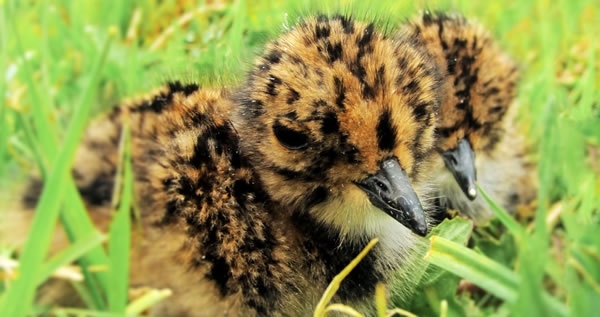
By Andrew Gilruth, GWCT Communications Director
When you or I walk through the countryside we take the sight of wildflowers, often found at the field edges, for granted. It never used to be this way. Before the publication of GWCT trials in the 1980s, wildlife on farms was considered ‘doomed’ by most conservationists and policy makers. For many it was easier to blame the farmers for modernising and ask people to visit their local nature reserves. As we leave the EU we can’t allow this revolution to be reversed - will you help ensure wildlife thrives?
A government consultation is expected this autumn
With the help of GWCT research, the government has encouraged the use of many habitat measures commonly found on shoots, which are proven to boost wildlife. Uptake has been good and in many places habitat measures are working well.
However, the failure to twin this effort with predator control, as practiced on shoots, has seriously limited the gain. Lapwing and curlew in our lowlands continue to face range contractions because too few young survive – predation being the biggest issue. As we leave the EU, the GWCT feels that government funding should start focusing on what ‘works’ rather than what people ‘like’.
What are the alternatives?
Some large conservation bodies are expected to urge for more legislation and a system that rewards good intentions, at the expense of results.
This gives them control without responsibility. When it fails they will blame the farmers. Unlike them, we see no point in going backwards. With your help, we can push for a system that puts farmers and gamekeepers in control. Using GWCT science and practical experience we can champion an approach that achieves results: greater co-operation, greater ownership of results and reducing the ‘inspect & fine’ culture.
We started a revolution before
Many will be familiar with the pioneering GWCT work of the late Dr Dick Potts, which proved to both conservationists and politicians that wildlife and modern farming could go hand-in-hand in the 1980s. The conservation revolution had begun. Today our research continues to show real-life examples of what can be done to achieve wide scale collaborative working - led by farmers.
We encourage farmers to join forces with their neighbours to put together a landscape-scale, joined-up plan for conservation - we call these Farmer Clusters. This approach is equally sensible for grey partridges, soil, water or just about anything else that farmers believe might be delivered more effectively across a wider area. The idea of a ‘bottom up’ approach is not new, but finding a way of making it work is.
Donate here >
Will you help us make a stand now?
Conservation is at a crossroads. Some conservationists are struggling to accept that farmers and gamekeepers do care about nature and can be trusted to lead on local conservation. They still refer to ‘them and us’ and insist that the existing ‘top down’ approach would work if it was ‘better enforced’. We disagree.
With your help, we will:
- Take our science to ministers and civil servants, including All Party Parliamentary Groups
- Be ready to counter misinformation and inaccurate reporting in the media
- Campaign for a pragmatic, results-based environment scheme
If you walk through the British countryside, whether it’s the Highlands of Scotland or the Dorset coastline, the impact of conservation schemes is there to see, and at the heart of them is GWCT science. Beetle banks to provide natural pest control. Conservation headlands that offer not only vital food to birds and mammals, but breeding sites for butterflies and nesting cover for songbirds. These are part of farmland policy because they’ve been proven to work by the GWCT.
You can help us to take this opportunity
With your support, we can make a real difference to conservation policy. Any amount you can give will get our research into the hands of politicians and the public to keep conservation policy on track.
£25 could help us to turn our research papers into easy, digestible summaries to show ministers and civil servants what can be achieved by those with a passion for the British countryside
£100 will help us to give the wider public a true picture of what is being done for wildlife on farms and estates
£250 allows us to monitor how the media report on the role of farming and fieldsports in conservation and correct misinformation
This is a once in a generation opportunity - the future is now in your hands.
Donate here >